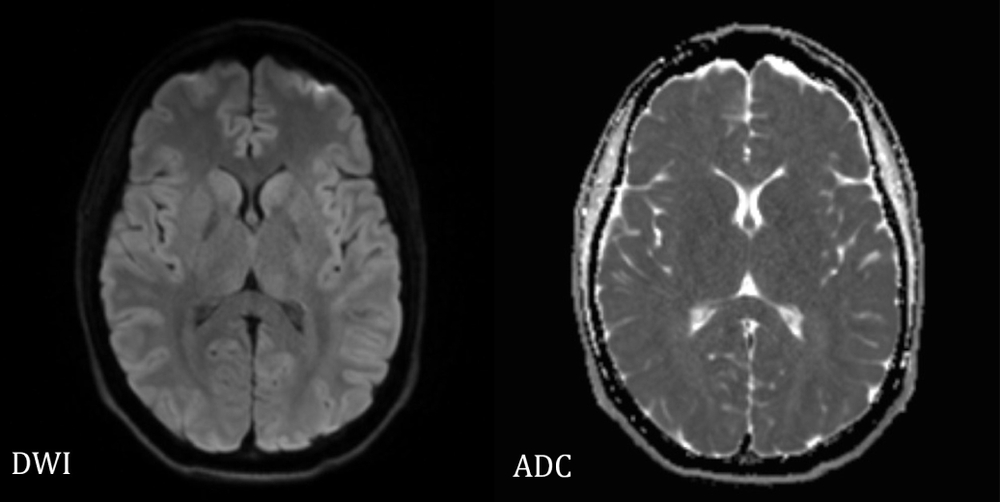About the Project
Understanding how brain regions coordinate to represent and decode stimulus information is fundamental to both systems neuroscience and the development of brain–computer interfaces (BCIs). Recent work has shown that the spiking-band power (SBP)—a downsampled representation of the 300–1,000 Hz component of electrode recording can be used to decode behavioral parameters at an accuracy that is comparable to that of the spike train. However, SBP remains underexplored in terms of its relationship with local spiking activity and its utility in capturing interregional dynamics. In this project, we leverage SBP to investigate continuous decoding of stimulus identity based on simultaneous neural recordings from multiple primate brain regions engaged in affective learning and value representation.
We specifically explore how the SBP recorded in one brain region (e.g., amygdala) can be decoded using SBP activity from other co-recorded areas (e.g., Substantia Innominata [SI] and dorsal anterior cingulate cortex [dACC]). This cross-regional decoding approach allows us to examine functional dependencies between regions, as well as the extent to which SBP carries distinct and complementary information compared to traditional spike-based metrics. We also directly assess the relationship between SBP and the spike trains of neurons recorded in the same region, revealing how different frequency-domain signatures correlate with discrete neural firing events and ensemble activity patterns.
To decode stimulus identity and predict SBP or spike-based features, we implement and compare several neural network architectures, including causal transformers, long short-term memory networks (LSTMs), and encoder–decoder models. These architectures are trained to operate in a time-resolved fashion, allowing us to assess the dynamics of stimulus representation and to identify which regions contribute most reliably to decoding. By comparing model performance and interpretability across architectures, we aim to establish a principled framework for using SBP as a robust and biologically informative signal in neurotechnology applications.


